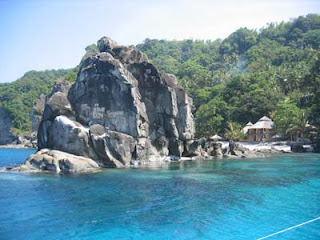 One only has to look at the animal world to find evidence that play is an inborn characteristic of virtually all developed species. It plays an important role in education and development. We see kittens and pups fight mock battles to develop their strength, speed, endurance and will. By such innocent play, they prepare themselves for survival and fulfill their desire for challenge and pleasure.
One only has to look at the animal world to find evidence that play is an inborn characteristic of virtually all developed species. It plays an important role in education and development. We see kittens and pups fight mock battles to develop their strength, speed, endurance and will. By such innocent play, they prepare themselves for survival and fulfill their desire for challenge and pleasure.
We human beings are not just rational animals. We have an infinite thirst for knowledge, truth and happiness. It is these spiritual characteristics which distinguish human beings from animals. In the onward advance of human civilization, sports and games have also played an integral role in this unfolding of human potential. At every stage of the evolutionary process, sport has played a vital role in helping to develop, define and test newly acquired physical, psychic and social skills.
As we changed from food-gatherers to hunters, sport and play were no longer simply exercises of the "fight or flight" mechanism. They became the training which would prepare young hunters for the hunt. Youths emulated the elders of the tribe, to ready themselves for the day when they would have to do the providing. It was probably at this time that the first team sports evolved, as a result of the collective effort needed in stalking, trapping, killing and transporting.
"We judge ourselves by what we feel capable of doing, while others judge us by what we have already done." - HENRY WADSWORTH LONGFELLOW












